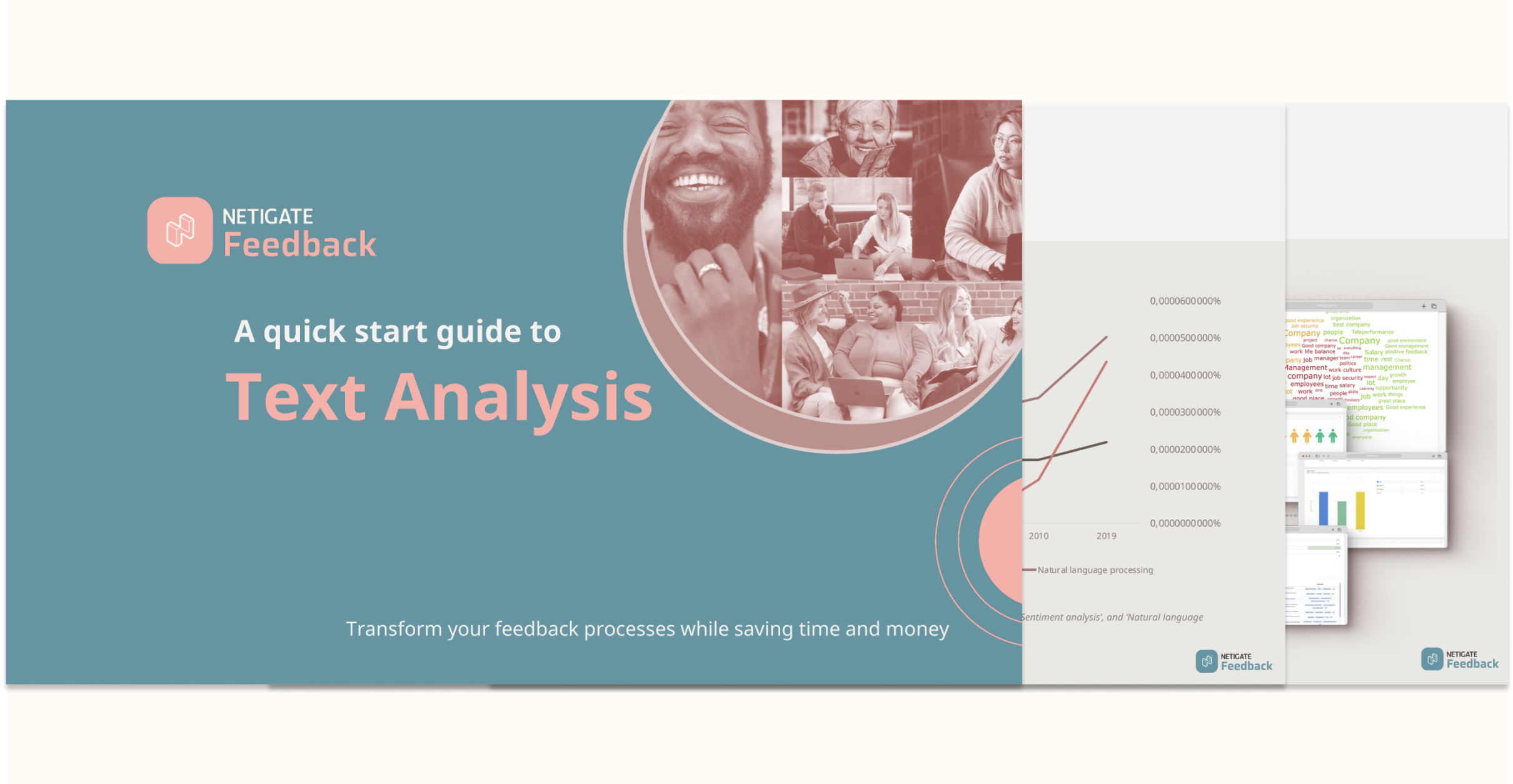Keep the survey short
Online everything happens that little bit faster, and surveys are no exception. Long, comprehensive surveys with a lot of questions simply take too much time to answer. Coupled with the risk of respondents getting tired and quitting gets higher the longer the survey is. Be restrictive when you create surveys and think about what kind of results you want out of each question.
Decide if every question really is needed and what value it adds to the results. How many questions a survey should contain depends on the purpose and frequency. Internal surveys are often longer than external ones, but in both areas we can see a trend towards shorter surveys more often, rather than one bigger one every year.
Which kinds of question you use is also important for the length. Clickable, more factual alternatives take less time to answer than when the respondents need to give their opinion or write the answer. Try to keep a balance between different kinds of question types and, if possible, put questions that take more time to answer at the end of the survey.
Send only relevant surveys
Send out the survey only to those who have an interest in responding. Stick to relevant questions; try not to add more questions just for the sake of knowing as much as possible. It can create irritation and drop-off along the way. Try to identify the target audience as well as possible: if it is a particular customer segment or target audience, it may be a good idea to send out a specially designed survey to just those.
Adding logic to the survey is an available option in most advanced survey tools. This means that the respondent is passed to different questions depending on their answers. It offers the ability to send out the survey to more people because the respondent customises the survey just by responding. In a customer satisfaction survey, for example, a dissatisfied customer can be passed to a particular follow-up question and the satisfied customer to another.
Write so people understand
Be clear with the purpose of the survey, how much time it will take to answer and what the value is for the respondent. Write questions as clearly as possible and avoid difficult words and industry jargon. Be careful not to ask leading questions, use double negotiation or write two questions as one, such as; “What did you think about the product and service?”. Try to cover as many opportunities as possible to answer and always include the option “Other / Don’t know”, to be on the safe side.
Test it before send-out
Make sure you don’t send out a survey with errors in it, as it can cause some results to be useless. Send it to a small test group first, such as colleagues, and ask them to give you their feedback on how they perceive the survey. What you think is an obvious question can in the eyes of others be perceived quite differently. And in surveys it is particularly important that it is properly understood. For a larger survey, it could be a good idea to do a send-out to part of the list before sending out to everyone.
Don’t forget the design
A survey, like any other communication, is an extension of your brand. It is therefore essential that the survey is as professional and graphically compelling as anything else you communicate. People often perceive a well-designed survey with your colours, fonts and logos as more credible. As well as it helps to raise the response rate. Spending some time when you create your surveys on the design to choose clear buttons, fonts and colours also creates, in many cases, a more user-friendly survey.
What do you think?
How do you create surveys? Give us your best advice or discuss this below in the comments or contact us!




